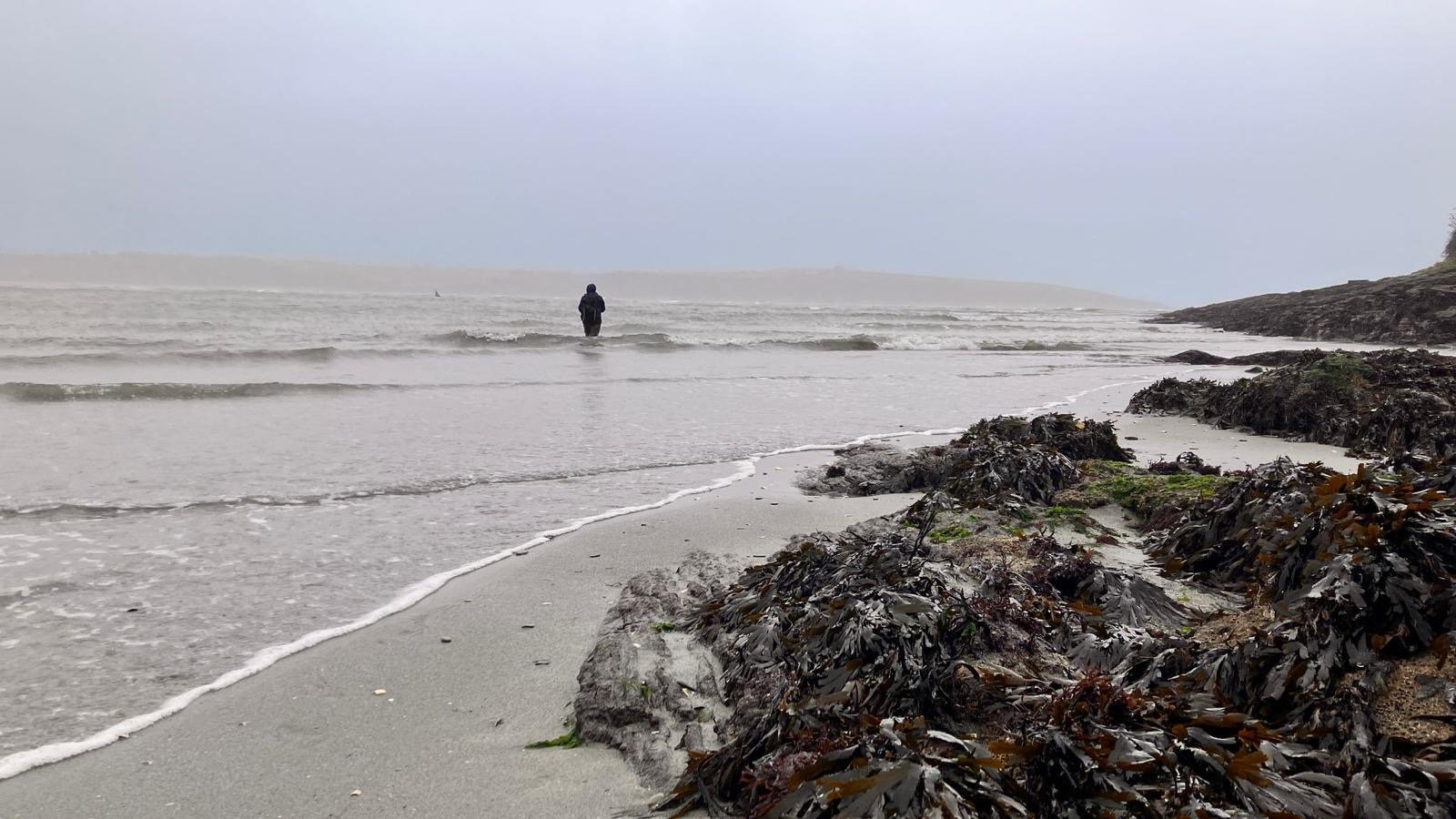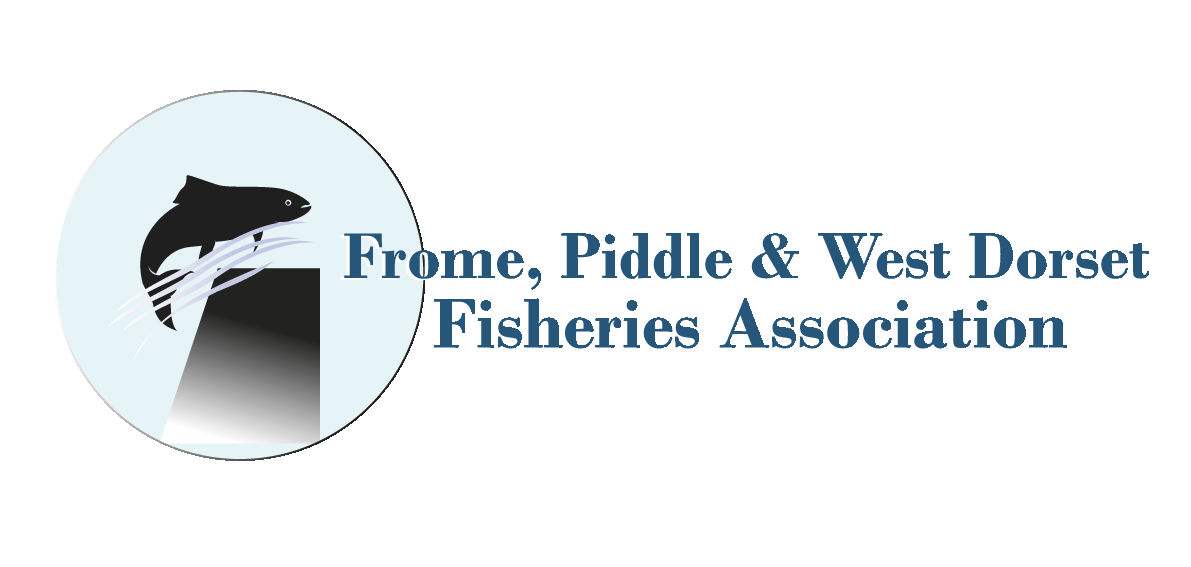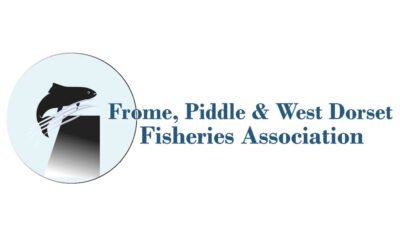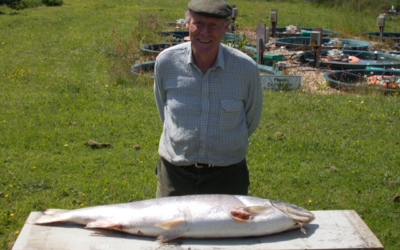Summary
From the late 80’s it became clear that salmon survival at sea was declining, and that a coordinated research effort was required to identify the migration and distribution pattern(s) of smolt migration, and where possible to also identify the feeding areas for Atlantic salmon in the North Atlantic. The SALSEA or Salmon at Sea Programme (2008 to 2011) was the first internationally co-ordinated effort to track juvenile Atlantic salmon at sea. The European component of the programme, SALSEA–Merge, was particularly successful in identifying the pattern of movement of post-smolts along the west coasts of Ireland, Scotland and Norway.
Using a panel of genetic markers, it was possible to assign individual smolts caught at sea to their region of origin. This work has continued and has resulted in the identification of what is known as the “Smolt Highway” stretching from northern Portugal in the south, to a region of the Norwegian Sea known as the Vøring Plateau, where the juvenile salmon from many eastern Atlantic rivers spend the summer and early autumn.
Importance of the Vøring Plateau Gilbey et al., 2021 Over recent years a series of major salmon smolt tracking programmes have been undertaken to track salmon smolts around the coasts of the UK and Ireland: Moray Firth Tracking Programme (Scotland – AST), West Coast Tracking Programme Scotland- AST), Sea Monitor (Ireland and
Page | 2 Scotland – Loughs Agency), Smolt Track (Ireland, Northern Ireland, Scotland – Inland Fisheries Ireland), SAMARCH (England and France – GWCT). The data from these studies is being analysed at present and has already resulted in the publication of some very valuable and novel information on the early lives of salmon at sea. The larger Multi-Sea-Winter salmon from Scotland and Ireland form a very important component of the Atlantic salmon populations feeding along the coasts of southwest Greenland.
John Carr, from the Atlantic Salmon Federation in Canada, and colleagues from North America and Europe, have tagged significant numbers of these salmon over recent years, in the fjords of southwest Greenland. The satellite tags used are providing exciting insights into the migration pathways taken by large adult salmon returning to their home rivers in North America and Europe.
Other linked research is tackling the conditions which are prevalent at sea as the smolts embark on their perilous journey Northwards. The first months at sea are critical for growth and survival of post-smolts. Recent evidence suggests that reduced food availability may be a contributory factor to the observed declines in the abundance of returning adult salmon. Emma Tyldesley’s work (University of Strathclyde) on zooplankton abundance data was used to derive a measure of the prey energy available to the tiny fish prey, eaten by salmon post-smolts during their early marine migration. Emma found that this zooplankton prey energy has significantly and dramatically declined over much of the northeast Atlantic, and specifically within key salmon migration pathways, over the past 60 years. Since the initiation of planning for The SALSEA programme some 20 years ago very significant progress has been made in relation to our understanding of the migration and distribution patterns of post-smolts and the return pathways of adult salmon across the North Atlantic. Major gaps remain such as the movement of salmon across the North Sea and the Irminger Sea off Northwest Iceland, but it is true to say that, year on year, the North Atlantic is fast becoming less challenging and a more comfortable space for salmon scientists to work, as they unravel the mysteries of this unique and iconic fish.



